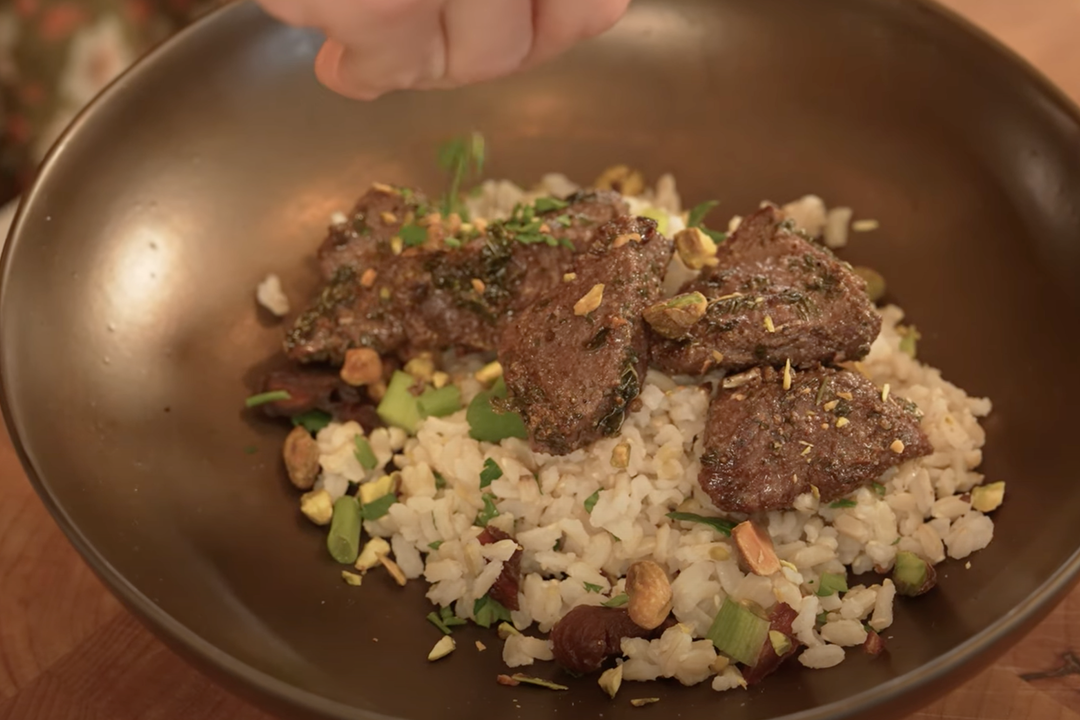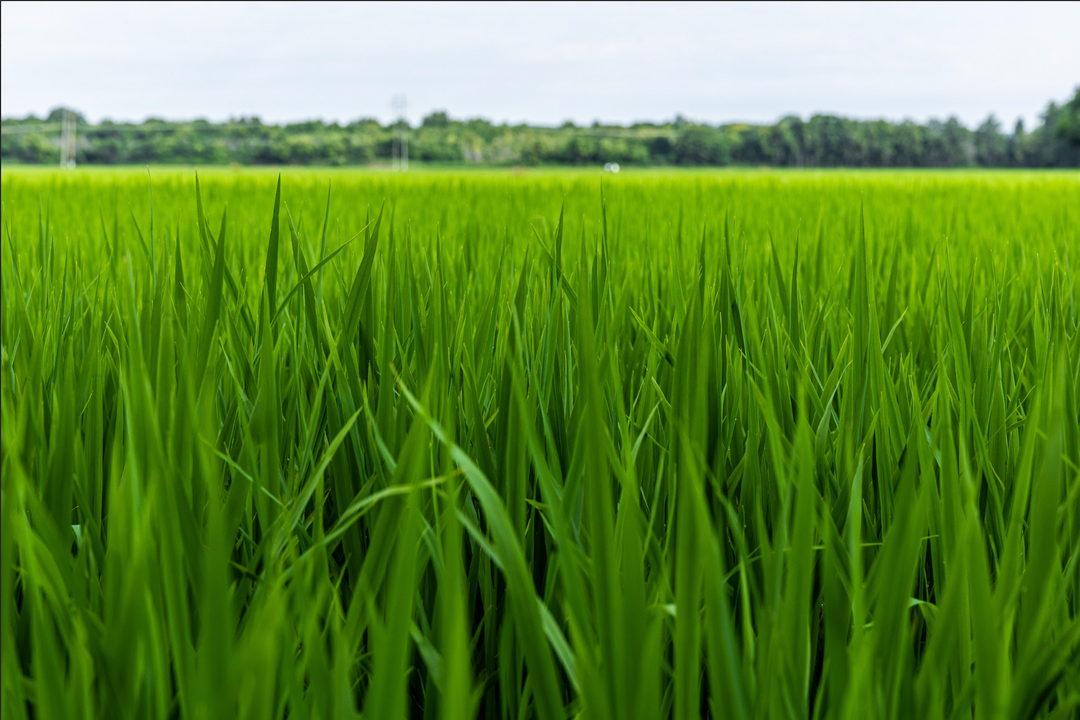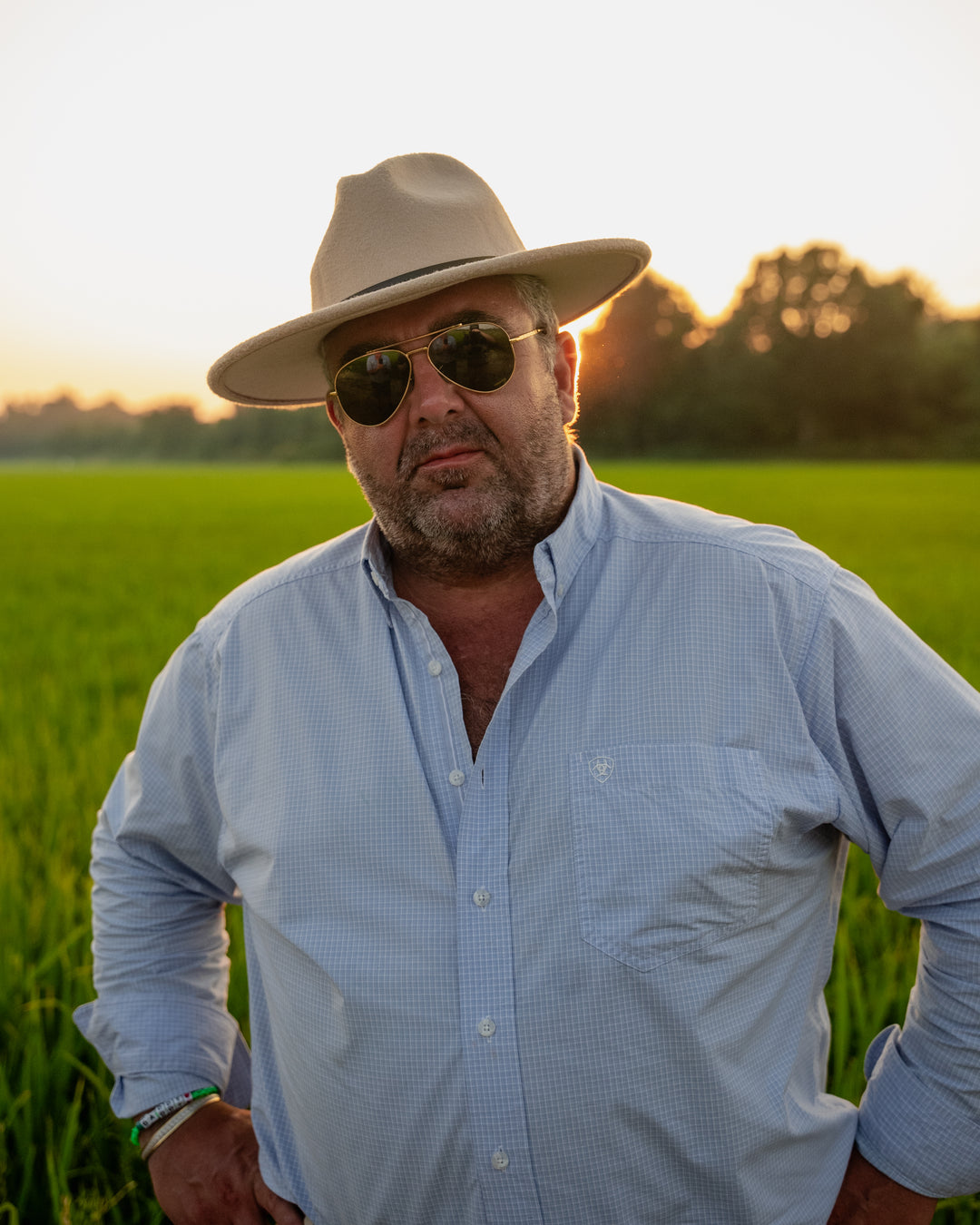The 6 Key Principles of Regenerative Farming We Live By

Farming isn’t just something we do, it’s a way of life we’ve inherited. At Castor River, that legacy comes with responsibility. A responsibility to listen to the land, to walk it, to protect it, and to grow with it. These six principles weren’t written in a boardroom. They were learned through seasons of trial, moments of grace, and years spent watching how nature really works. They’re the compass we follow as we rebuild a farm that’s not just productive…but alive.
The Soil Is Alive—Treat It Like It Matters
We believe soil is more than just dirt—it’s a living, breathing ecosystem. That means feeding it, sheltering it, and letting it breathe. Every choice we make, from planting to harvesting, honors the life below ground. We plant cover crops. We limit disturbance. And we see firsthand how healthier soil grows healthier food.
2. Grow Food Within an Ecosystem
Our fields aren’t isolated from nature—they’re a part of it. Here, we let wildlife in, not out. Our habitat design creates space for ducks, deer, bees, and more. It’s not a threat to production. It’s the whole point. Regenerative farming thrives when biodiversity does too.
3. Prioritize Diversity Above All Else
Nature doesn’t monocrop. So why should we? Diversity above and below ground makes our soil stronger, our ecosystem healthier, and our crops more resilient. Whether it’s the mix of species in our cover crops or the layers of life in our habitat zones, we let variety do the work that chemicals can’t.
4. Walk the Land—Technology Can’t Replace Intuition
You can’t farm from a spreadsheet. At least not the way we do. Walking the fields, listening to the soil, paying attention to patterns, that’s how we know what the land needs. Yes, we use modern tools. But they support our instincts, not replace them.
5. Regeneration Is a Responsibility, Not a Label
There’s no certification or shiny badge that can capture what regeneration really is. It’s daily work. It’s how we show up when no one’s watching. It's rotating crops, protecting pollinators, and keeping chemicals out of the conversation as much as possible.
6. Think Generationally
Farming is long-term work. We’re not interested in short-term wins that drain the soil or disrupt nature’s rhythms. Everything we do is about building something that lasts. Our choices today shape what’s possible tomorrow—for our farm, our food, and our future.
Soil First, Always
These six principles shape every seed we plant and every bag of rice we ship. They’re not just values: they’re a way of farming you can taste.
See the land for yourself. Because once you walk it, you’ll understand what makes this place, and this way of farming, different.









